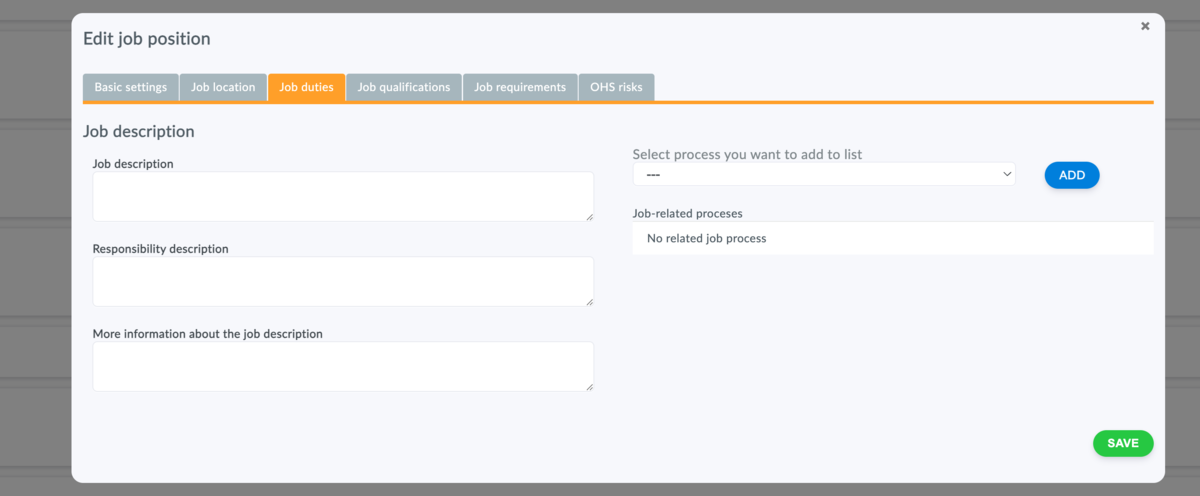Job Description Definition
A Job Description outlines the responsibilities and characteristics of a specific role. It's a useful tool for both employees and employers, clarifying what the job entails:
- WHAT the employee does in this role (job duties)
- WHAT skills and knowledge are needed to succeed
- WHAT resources and support the employee requires to perform the job effectively
Job descriptions are valuable for attracting new hires, explaining the role and expectations to potential candidates. They also play a vital role in managing employees, supporting their growth, and assessing their performance.
- Job descriptions clarify responsibilities and expectations, minimizing confusion and conflicts.
- Job descriptions support employee development planning and provide a standard for performance reviews.
What's Typically Included in a Job Description?
The core of a job description is a description of the job responsibilities, meaning the specific duties, authority, and tasks. It also includes the required qualifications, skills, and tools the employee needs to perform the job effectively. A good job description should also include information about compensation, required qualifications, workplace hazards, and any other important details about the position.
- Job Title
- Job Responsibilities Description, including activities, authority and responsibilities, see how to create a job description
- Brief job summary (more here): A short overview of the job's primary purpose in a few sentences
- Required Qualifications, skills, and necessary equipment
- Organizational Structure Placement: Reporting relationships and department
- Salary, compensation, and benefits, including pay rate and benefits package details
- Workplace Safety: Job Risks & Hazards, potential hazards and safety procedures associated with the job
How to Manage Job Positions and Descriptions in Aptien HR
To define job positions, their responsibilities, and requirements, use the Job Position Catalog.
- Go to Organization Settings
- Select the "Job Titles" tab
- Choose a specific job title
- In the "Basic Settings" tab, enter a brief job description
- In the "Job Description" tab, enter the job responsibilities.

